When I started my ascent into perfectly-cooked, medium rare roast beef, I tried a method from a popular chef that was a three-stage process: the Sizzle, the Cooking and the Rest. The margins of the recipe book were covered with notes of different times for different shapes and sizes, as well as notes about “opening the window and closing the doors for the sizzle”. I never reached the summit of perfection for roast beef until I started cooking sous vide. It makes beef perfectly medium rare throughout, even if it is shaped like a cone. The sous vide also takes tougher cuts of meat and makes them cut like butter due to the cooking time. The roast can be bagged and refrigerated the night before, then dropped into the sous vide in the morning to be ready when you get home.
2-4 lb (1-2 kg) top round/topside beef roast
2 bay leaves
sea salt (don’t use table salt)
cracked or very coarse ground black pepper
1 beef stock pot
xanthan gum
1 tablespoon (15 g) butter
1 tablespoon (15 ml) olive oil
Get a large baking sheet and put a cutting board used for meat on it (normally the red one). Tear off three or four paper towels while your hands are clean. You will need a large, sharp knife to trim up the joint. Remove packaging and trussing strings and wash the meat in the sink, then dry with paper towels. Place meat on the cutting board. Use the point of the knife to make a cut between the fat and beef. Get a paper towel, grab the fat, and use the knife to make cuts between the fat and the beef using the weight of the meat to pull it away. Continue until most of the fat and any shiny, white connective tissue is removed from the joint. Fat does not provide any benefit when cooking sous vide — it will come out soft and rubbery — so it is best removed. If you want to use it, then render it down in a frying pan and use it to brown the meat instead of the butter and olive oil for extra beefiness.
Choose one clean hand and one meat hand. Sprinkle salt and pepper onto each surface with the clean hand and massage into the meat with the meat hand. Repeat until all the surfaces are covered with seasoning (now you know why we needed the baking sheet). You can roll the meat over the seasoning left on the board to pick up any that did not stick. Leave at room temperature for 1/2 hour. This resting allows the seasoning to stick to the meat, so you do not lose most of it in transfer to the bag. It also allows most of the moisture on the surface to be absorbed so that it does not get sucked into the vacuum when bagging.
Fill sous vide or Instant Pot with hot water from the faucet and heat to:
- 135°F/57°C for medium rare – recommended
- 140°F/60°C for medium
- 150°F/65°C for medium well
It is not safe to cook meat in a sous vide at a temperature under 130°F/54°C for a long period of time.
After many years of experimentation, I have found that 135°F/57°C for 10-11 hours makes a tender, moist roast. Remember: It will be medium rare all the way through from centre to edge, not just in the middle. This is the best temperature for leftover beef because you can conventionally reheat and it will keep to a medium rare in the centre.
Create a sous vide bag, if you do not have one pre-sealed, by cutting a large section and triple sealing one end. Make the bag about three fingers longer than you think it should be so that you have extra room and the vacuum does not suck the moisture into the sealer before the bag is sealed.
Carefully add the beef to the bag. I use a large set of BBQ tongs to hold the beef while I open the bag with the other hand. Slide one bay leaf on each side between the bag and the beef. Vacuum seal and triple seal the end. If you are using an Instant Pot, then put the trivet in the bottom of the pot, and remember to switch to vent when you put the lid on. I use a Post-it note on the lid to remind myself. Add the beef to the sous vide and cook for 10-11 hours. Float a small casserole dish or bowl partially full of water to weigh the joint down in the water. Don’t worry, the water is no hotter than your dishwasher.
When you are ready to eat, cut some vegetables and put them on to steam for 12 minutes because that is about how long it takes to make the gravy and cut the meat. Make up 2 cups (500 ml) of beef stock. Put a cutting board on a baking sheet and remove the beef from the sous vide. Place the jug with stock in the sink to collect the beef juice. Hang the bag over the edge of the sink with a corner of the bag in the jug. Cut the corner of the bag off with scissors and collect the beef juice in the measuring jug. You may need to make another small incision at the top of the bag to let air in and get all the juice out. Place the beef on the cutting board and keep it wrapped in the bag and a towel.
Using the table at the front of the book, look up the amount of xanthan gum to add given the amount of liquid you have. Insert a stick blender into the bottom of the measuring jug. Using the low speed, carefully start to mix and then add a slight angle to the blender to create a vortex. Slowly tap the xanthan gum into the vortex and mix for 30 seconds to a minute. Transfer liquid to a saucepan and bring to a boil on the stove then reduce to simmer to keep warm.
While the gravy is coming to a boil, place the butter and olive oil in a wok or large frying pan on a high heat. Remove the beef joint from the sous vide bag, and when the butter is melted and very hot, fry all sides of the meat until browned.
Serve with steamed vegetables and cauliflower mash (see recipe).
Buy in UK / Buy in USA
Here are the delicious recipes from
“Leftovers By Design”
that use leftover roast beef…
- Indoor BBQ with Beef and Vegetables
In the winter, when it is dark and cold, I miss having a quick BBQ after work, so I came up with this meal. These are all the vegetables that go really well with beef charred on a plate. After the vegetables are cooked, the grill pan is a great place to solve the other problem of reheating leftover rare roast without overcooking.
- Beef Portobello Stack
Mozzarella, cheddar, or blue cheese — you decide. These are a great snack and a full meal with a salad. The recipe uses sous vide beef, so it will be tender, but the tomatoes need a bit of a fry prior to adding to the stack so it all gets done at the same time. These are good cold, so they could be great on a buffet, cut into quarters with a toothpick, as posh sliders.
- Beef Faux Parmigiana
I love veal parmigiana, but there are just so many things wrong with it. This is a delicious substitute. High welfare rose veal is hard to find, so I use tender roast beef. The pesto provides the parmigiana, so use a good one. If you don’t have time to make the sauce, then use sugar-free pasta sauce and cook in a frying pan until most of the moisture is evaporated
- Beef Stir Fry
Medium rare beef, mushrooms, and broccoli in beef gravy are perfect companions. This recipe uses some of the rare beef roast and gravy, morphed into a spicy stir fry sauce. If you add the roast right at the end, then each strip of beef is like a mini steak cooked on the outside but still soft and medium rare on the inside. I exert my right as chef with the broccoli. I do not like it stir-fried, so instead, I steam it, stop the cooking, and add it at the end with the beef and sauce. Make sure you cut everything up ahead of time. It just takes the stress out of cooking.
- Beef and Mushroom Pie
Gravy, meat, and mash means pie. A cold winter’s night meal to warm your soul. This recipe assumes you have already cooked the sous vide roast beef and trimmings. Mushrooms add an umami finish.
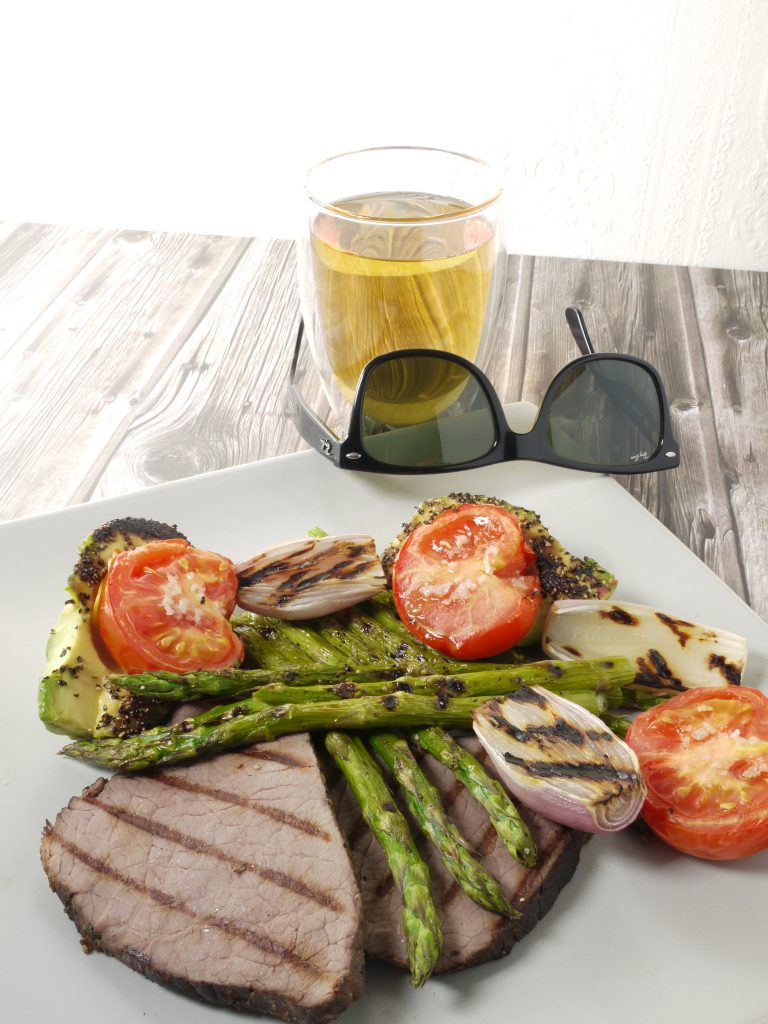
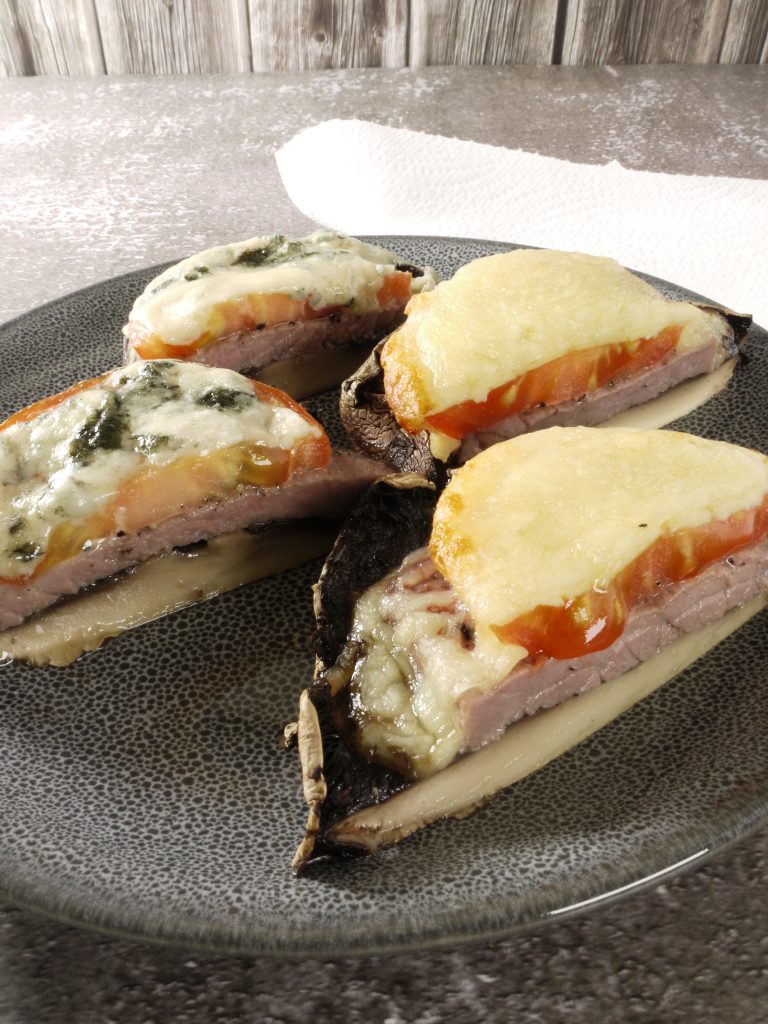
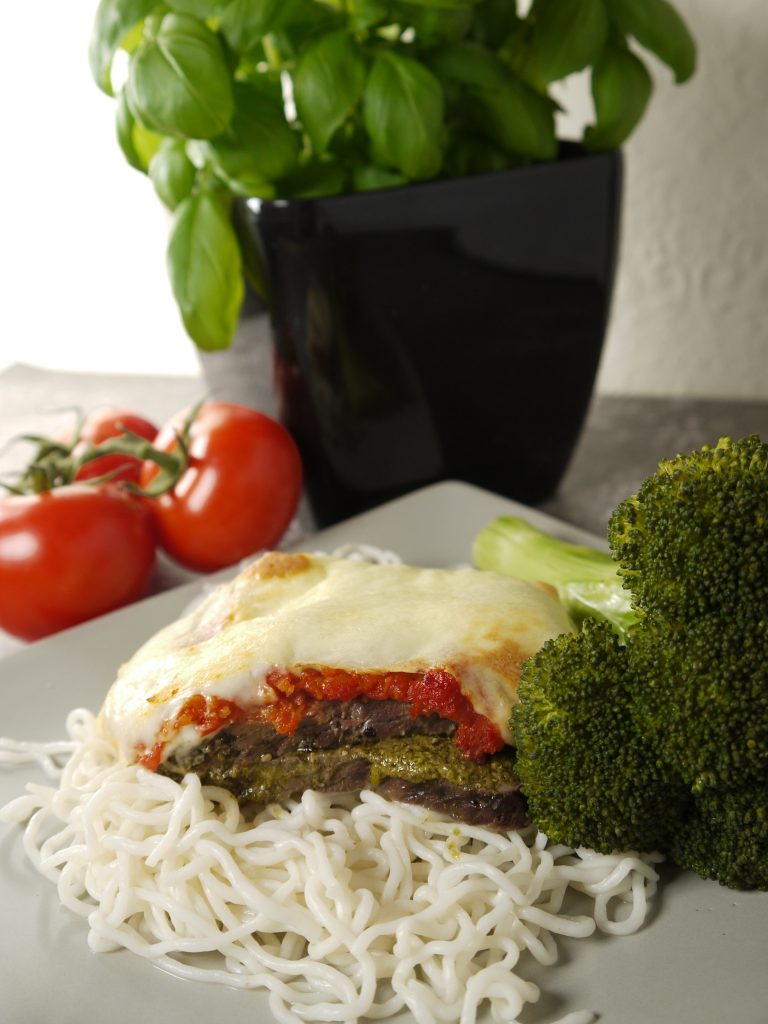
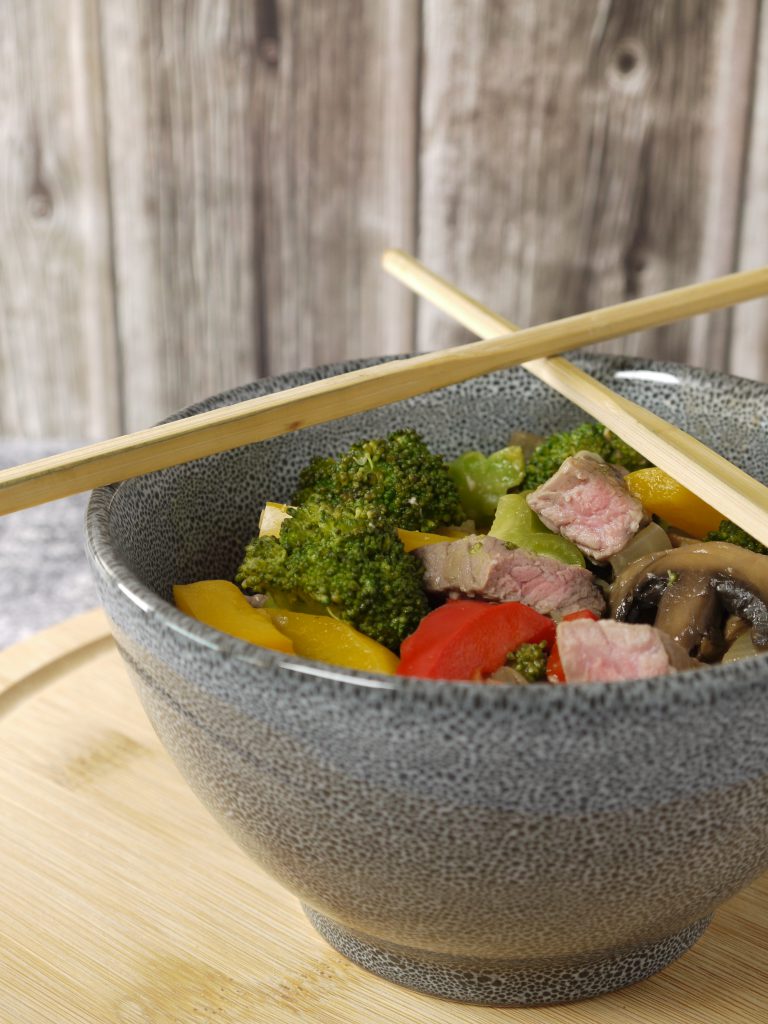
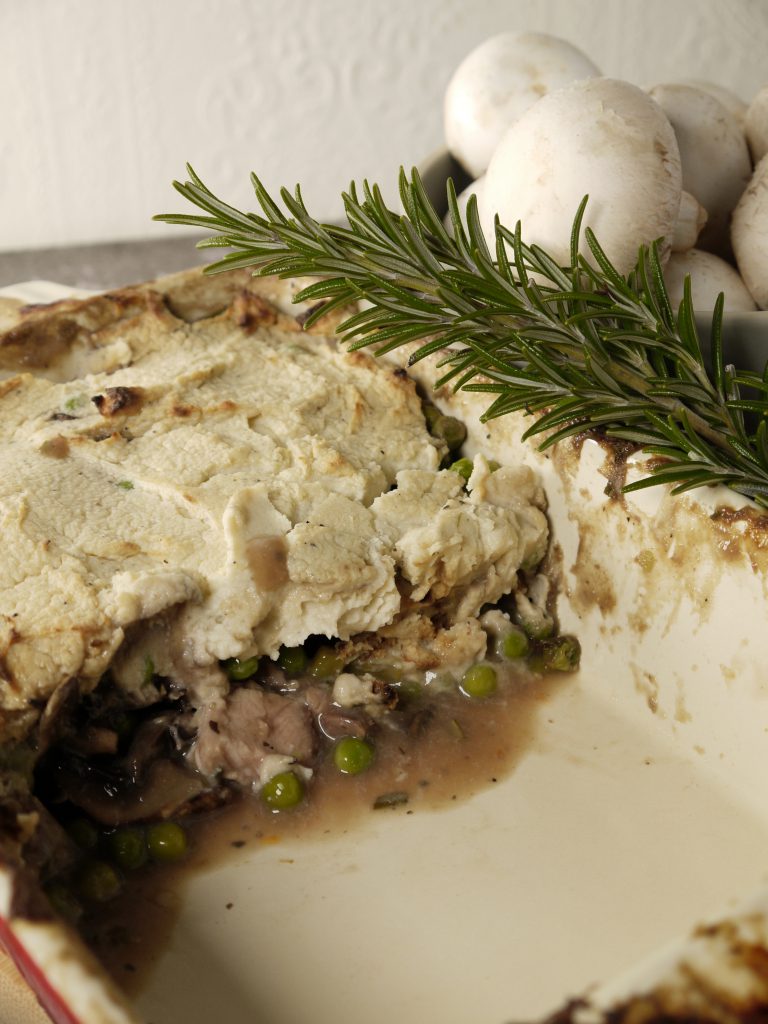
I just added this page to my favorites. I
enjoy reading your posts. Tyvm!